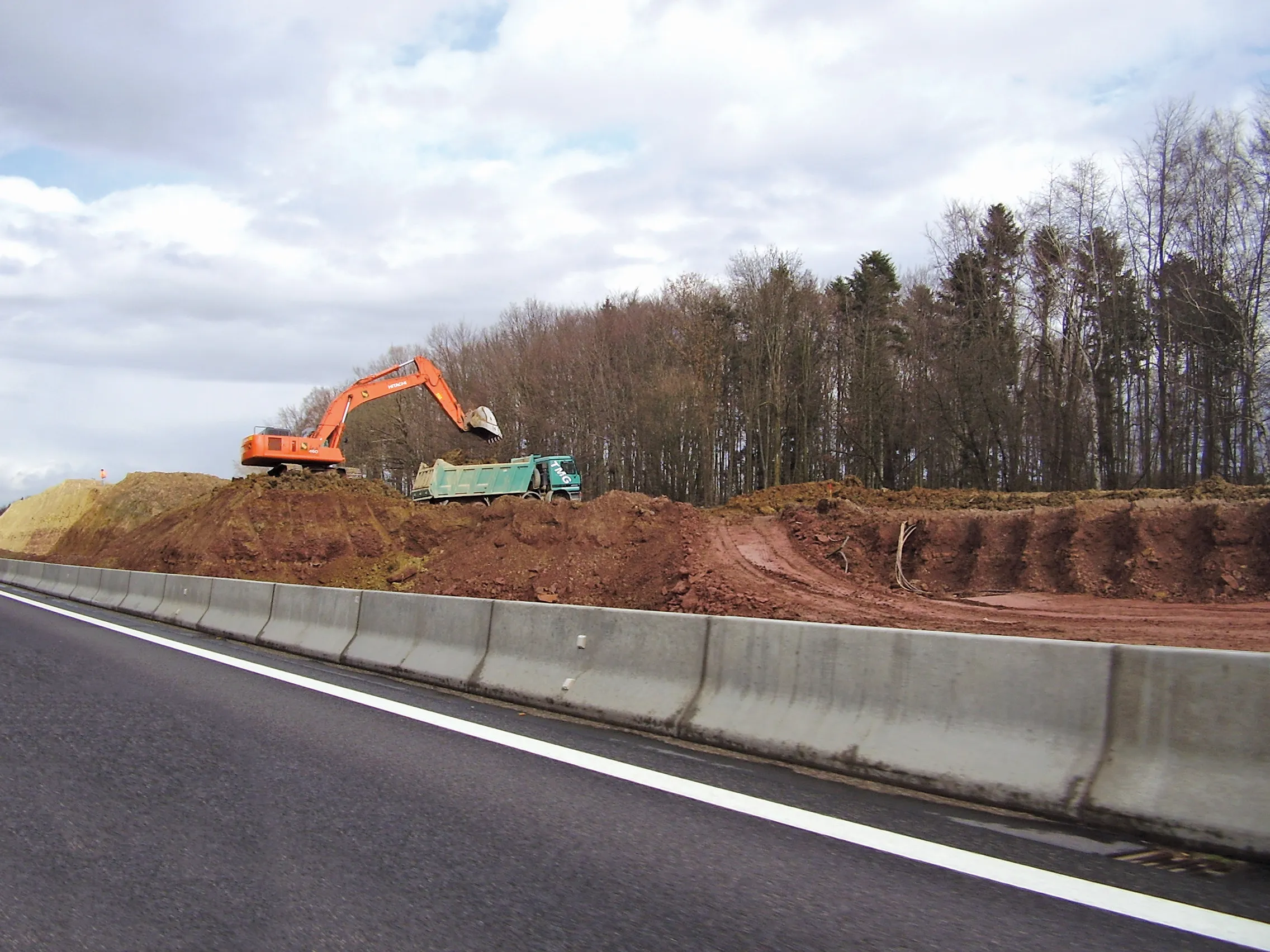
The Third Mobility Package launched by the
Two main legislative pieces will have an impact on the road infrastructure by revising regulatory framework. These are the General Safety Regulation (vehicle´s safety) and the Road Safety Infrastructure Management Directive. Road safety has improved over the past decades, thanks to actions at European, national, regional and local level. However, despite huge progress achieved by some EU member states, the rates of road fatalities have stagnated in recent years. There are also big differences between the performances of member states, some of them improving beyond the requirements while some others lag behind.
In line with this, in May the EC released a proposal to revise Directive 2008/96/EC on road infrastructure safety management. The directive, adopted in 2008, ensures that road safety considerations are at the forefront of all phases of planning, design and operation of road infrastructure.
The objective of the new proposal is to reduce road fatalities and serious injuries on EU roads by improving the safety performance of the road infrastructure.
One of the provisions of the proposal refers to the increased scope of the directive, adding motorways and primary roads outside the TEN-T network to the scope. This is to extend the mandatory application of the directive procedures, targeting in particular busy roads that connect major cities and regions. We should remember that the vast majority of fatal accidents occur outside motorways: 37% in urban areas and 55% on rural non-motorway networks.
Regarding the protection of vulnerable road users (VRUs), the proposal recommends the adaption of current procedures for their application to the specific needs of all VRUs, especially on urban roads, and to set minimum quality criteria for VRU safety.
Among the most interesting elements contained in the proposal is Article 6c. It requires ‘that road markings and road signs are applied and maintained in a way which ensures that they can be reli ably recognised…’. This is valid for both human drivers and vehicles equipped with driver-assistance systems or higher levels of automation.
The topics of road markings and road signs receive particular attention also from the EC which advocates for general performance requirements to facilitate the recognition of road markings and road signs.
The ERF strongly supports this new vision of the European Commission, because it clearly recognises the essential role of the road infrastructure as one of the three pillars of road safety. It also helps to further reduce fatalities and serious injuries and in achieving the desired road safety targets.
Through its activities and specific working groups, the ERF continuously strives for improved performance of road safety elements and materials. Regarding road markings, based on research and considering vehicles equipped with driver assistance systems and requirements for human drivers, the ERF proposes the establishment of an intervention and maintenance policy as follows:
- Retro reflectivity of road markings should not drop below 150 mcd/m²/lx under dry conditions, 50 mcd/m²/lx under wet conditions and 35 mcd/m²/lx in rainy conditions
- Width of horizontal road markings should be not less than 15cm
- Minimum intervention and maintenance standards for road markings must be implemented in a coordinated and cost-effective manner
The ERF has made similar recommendations regarding road signs. For example, the ERF urges the adoption of minimum Class 2 performance for safety critical signs. There should be a multiannual maintenance action plan to rectify the maintenance backlog of non-performing signs on Europe’s road network.
The ERF also wants to see greater compliance of EU member states with the Vienna Convention on Road Signs and Signals, underlining the important safety benefits that can arise from greater use of the different speed adaptation systems through interaction with the existing traffic sign infrastructure.
Both position papers can be consulted on the ERF website:
Marking the way towards a safer future
%$Linker:
Improved signage for better roads
%$Linker:
The EC proposal will follow its path through the various European institutions. This entails discussions in the European Parliament, a dialogue phase between the EC and the Council (member states) on the legislative dossiers and the setting up of deadlines for the adaptation or the legislative proposals.
The ERF will follow the process carefully and will strive to have the EC proposal adopted at EU level. This will provide European road users with the safe mobility that they expect – and deserve.







